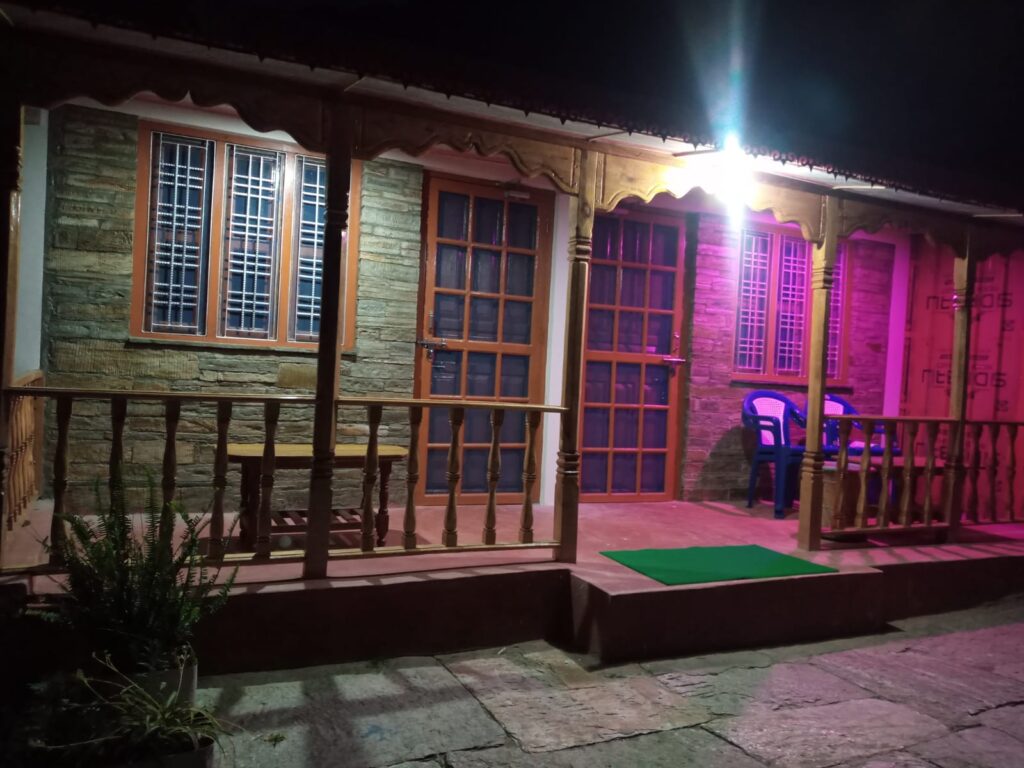Introduction
In recent years, the concept of homestays in rural India has emerged as a powerful catalyst for change, not only in the tourism industry but also in the lives of local communities. Homestays provide travellers with an authentic and immersive experience, while simultaneously contributing to the socio-economic development of rural areas. In this article, we delve into the profound impact that homestays have had on rural India, highlighting their significance and benefits.
Unlocking the Essence of Rural India
A Glimpse into Local Culture and Traditions
Homestays offer tourists a unique opportunity to experience the rich and diverse culture of rural India. Visitors are welcomed into the homes of local families, where they can partake in daily activities, traditions, and festivals. This immersive experience fosters cultural exchange and deepens the understanding of India’s multifaceted heritage.

Authentic Cuisine and Culinary Adventures
One of the most enticing aspects of homestays is the chance to savour authentic regional cuisine. Guests are often treated to traditional homemade meals prepared with locally sourced ingredients. This culinary journey not only tantalizes taste buds but also supports local farmers and food producers.
Economic Empowerment
Income Generation for Rural Communities
Homestays serve as a reliable source of income for rural families. By opening their doors to tourists, these families generate revenue that can be reinvested into their communities. This financial stability has a cascading effect on various sectors, from education to healthcare, ultimately raising the standard of living in rural areas.
Job Creation and Skill Enhancement
The rise of homestays has also led to the creation of job opportunities in rural India. Locals can work as guides, cooks, or in other hospitality-related roles. Additionally, training programs are often provided to enhance the skill sets of community members, making them more employable in the broader tourism industry.
Sustainable Tourism

Preserving Natural Beauty
Sustainable tourism is a cornerstone of the homestay model. Many rural areas in India are blessed with pristine natural beauty, and homestays encourage responsible tourism practices. Visitors are educated about the importance of preserving the environment, which helps protect fragile ecosystems.
Minimizing Urban Migration
Homestays offer an alternative livelihood for rural dwellers, reducing the need for migration to urban areas in search of employment. This contributes to the overall sustainability and equilibrium of both rural and urban centres.
Supporting Local Enterprises
Promoting Handicrafts and Artisanal Products
Homestays often collaborate with local artisans, promoting their handmade crafts and products. This not only sustains traditional art forms but also provides artisans with a steady market for their creations.
Conclusion
In conclusion, the rise of homestays in rural India has brought about transformative changes that extend far beyond the tourism sector. These immersive experiences not only benefit travellers seeking authenticity but also empower local communities economically and socially. By supporting homestays, we can continue to promote sustainable tourism and create a positive impact on the lives of countless individuals in rural India.
